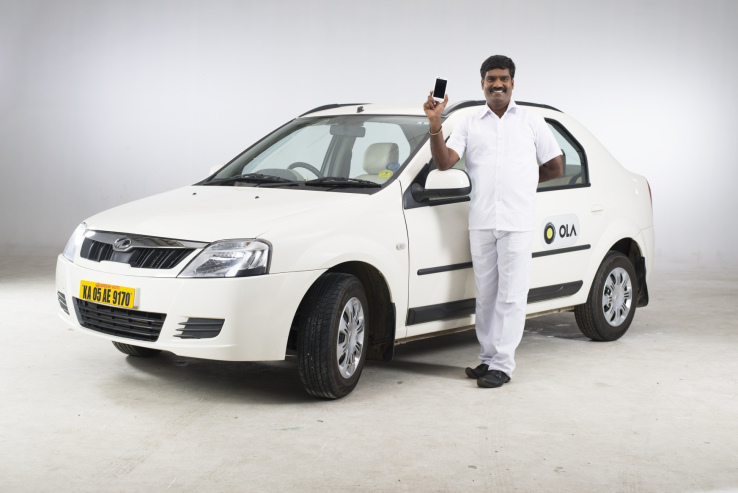

Google reportedly is working on building its own Uber competitor, and while some believe this will come in the form of a fleet of autonomous cars, there is a more immediate option for how Google can position itself more prominently in Uber’s world: by searching and aggregating everything that the wider on-demand transport landscape has to offer.
Today, Google announced its navigation app Google Maps will be adding a new car services tab as a complement to its walking, driving and public transportation directions. It will show fares and riding options from a number of providers in addition to Uber.
 New partners include 99Taxis in Brazil, Ola Cabs in India, Hailo in the U.K. and Spain, mytaxi in Germany and Spain and Gett in the U.K. They will sit alongside listings from Uber, which was the first service to be integrated into the Google Maps app globally in 2014.
New partners include 99Taxis in Brazil, Ola Cabs in India, Hailo in the U.K. and Spain, mytaxi in Germany and Spain and Gett in the U.K. They will sit alongside listings from Uber, which was the first service to be integrated into the Google Maps app globally in 2014.
Google says the new integrations will be rolling out first on Android, and “coming very soon” to iOS.
While previous versions of the Google Maps app essentially provided an Uber option at the bottom of a long list of travel routes, Google says that now these services will be shown on a dedicated “taxi” tab in the app.
It looks like there are two motivations behind adding these new services.
First, it helps position Google Maps as an all-in-one option for people planning a trip somewhere. By giving them private car-hire options, it’s more likely they will stay in the app rather than navigating out of it to do something else, possibly never to return to Google Maps again.
“When you’re leaving work to meet a friend for dinner, you can easily compare your options to find the fastest way there, without having to open multiple apps,” writes Google engineer Holger Flier.
This is a strategy Google has been building out for a while now, along with other enhancements, including the option to search for places, read and post reviews and even book tables at restaurants.
It doesn’t look like car services are paying to appear in Google Maps, but, as with Google’s search business, you can envision a revenue stream built around this longer term.
Second, it’s a way for Google to lay yet more groundwork to position itself as a go-to resource for transportation services. Similar to how GM and Lyft’s launch of Express Drive rentals will help the pair lay down infrastructure for an autonomous car fleet down the line, Google is helping shape user behavior that it may or may not decide to capitalize on at a later date with more services of its own.
Google has invested in Uber, but its own automotive advances and bigger plans for how it wants to grow its own business could find Google in more direct competition with the transportation upstart. So spreading its bets and offering more than just Uber as a transport option gives Google a stronger position as gatekeeper.
It’s a place where Google might even choose to expand its role. “When it makes sense, we’ll also show ride service availability when viewing the map in walking and transit directions, and multiple ride services options for each provider — where they exist,” Flier notes.
The other interesting detail here is Google’s use of deep linking in the app. Flier notes that if you have that provider’s app installed on your phone already, you can see fare estimates and pick-up times. “Select a service, and we’ll take you directly to their app for you to book your ride with one tap.” This will also mean more data from specific services, such as Uber, where you will now get options for its whole range of vehicles, from uberX, uberXL through to UberBLACK.

